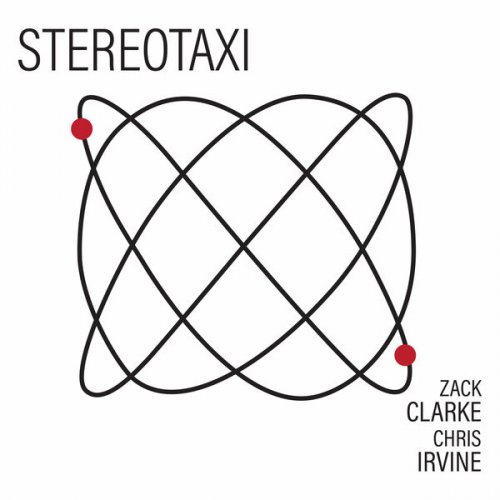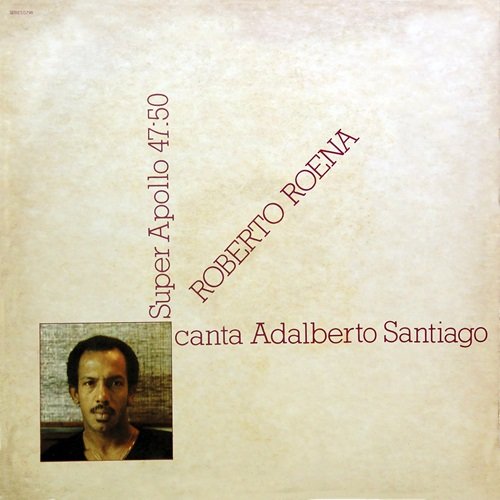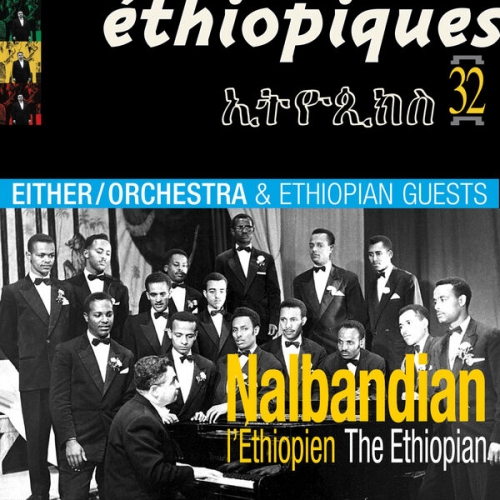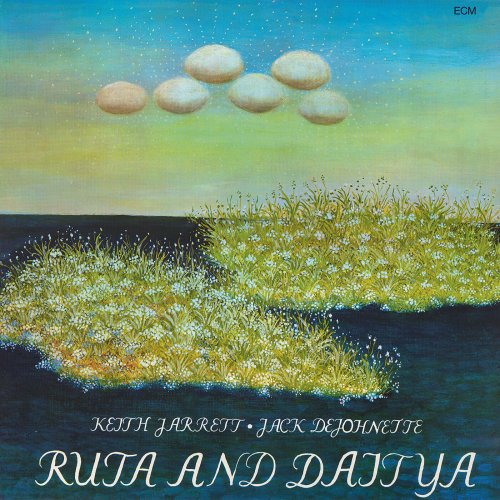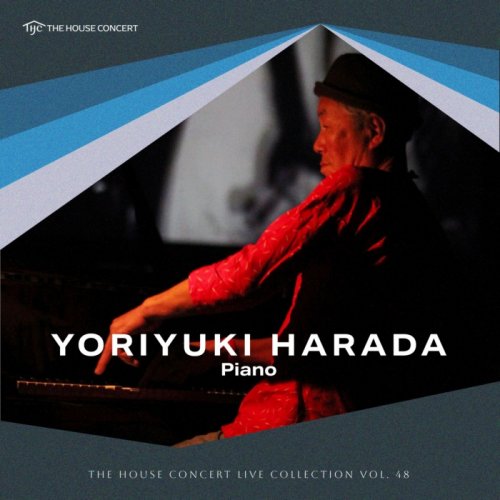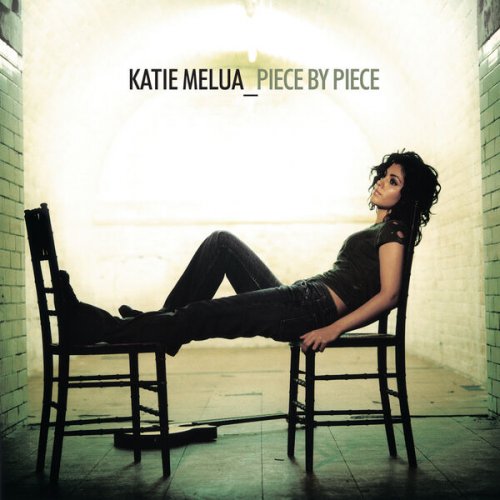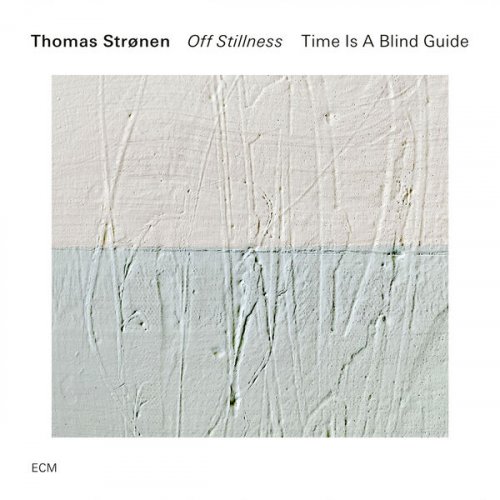Artist:
Zack Clarke, Chris Irvine
Title:
Stereotaxi
Year Of Release:
2025
Label:
Panoramic Recordings
Genre:
Jazz
Quality:
FLAC (tracks) [96kHz/24bit]
Total Time: 51:52
Total Size: 813 / 179 MB
WebSite:
Album Preview
Tracklist:1. Gliding Through (02:45)
2. Fragments of Sunrise (02:24)
3. Sit Still (02:56)
4. Sorrow Song (03:10)
5. 6 Miniatures (03:08)
6. Dancing on Fumes (04:54)
7. Confrontation (02:30)
8. Waking in Water (04:43)
9. Volcanic Conniption (02:06)
10. Stride Me to the Moon (04:13)
11. 4 Short Pieces (02:03)
12. Rise to the Highest (05:50)
13. Liquid Abstraction (02:49)
14. Dreams of Weight (08:16)
Pianist and composer Zack Clarke and cellist Chris Irvine have been building a singular improvisational vocabulary together for over a decade. On Stereotaxi the two bring their intuitive symbiosis to several spontaneous compositions, highlighting the breadth and versatility that flourishes within the growing so-called chamber jazz idiom.
The plethora of sub-genres of improvised music does very little to reinforce what is a fundamental quality of the actual practice of improvising with others — that is, that the shared vocabulary and sensibility between the musicians is a primary factor that shapes the music. Pianist Zack Clarke and cellist Chris Irvine’s Stereotaxi chronicles their symbiotic creations, drawing on a broad palette of stylistic references. One might fold this album into the growing “chamber jazz” category, but that could dilute the rich nuances contained within. A listener can appreciate this music on multiple levels, immersing one’s ears in the specifics of the language the duo occupies at any one moment, or noting their deft skill in crafting multi-layered, mutually supportive frameworks on a dime. Ultimately, what we hear is two musicians who know each other’s artistry intimately, and bring that deep familiarity to spontaneous compositions that arrive at rewarding destinations.
One notable feature of this album is the length of the tracks; in the free improvised world, many performances are set length, with elided transitions between textural sections that connect into larger scale works. Clarke and Irvine choose the opposite approach, and with all but one of the improvisations featured here clocking in under six minutes (and several closer to two or three), the opportunity arises for listener and player alike to understand the music as unfolding in more tightly controlled structures. Within these shorter durations, motivic or textural ideas can be more deliberately managed, creating music that shares a lot with the genre of the character piece.
The album opens with a flurry of energy in “Gliding Through” as both instruments play furtive, tremolando gestures and arpeggiations. Taut, micro-motives emerge before ricochet articulations in the cello diffuse the rhythmic incision. After an intro which places the instruments in their own timbral worlds, the ironically named “Sit Still” evolves through darting responsorial bursts, with each player recalling enough of the other’s material to create cohesion but not too much to bog it down with pat imitation. An internal pizzicato section returns to the opening texture and creates a three part structure.
The duo’s attraction to small forms is further underscored in “6 Miniatures” and “4 Short Pieces”, three and two minute improvisations respectively that include several brief crystalline inventions. The pair writes, “we would talk about the similarities between Bach and Webern, wondering if they would be friends.” The marriage between a compressed reference to counterpoint in the fifth miniature of “6 Miniatures” and the brevity of each miniature suggests that they would get along quite well.
“Fragments of Sunrise” is the first of several tracks that place itself in an quasi-Impressionist, late Romantic aesthetic frame. Clarke and Irvine’s intuitive absorption of the syntax of this music is apparent. That context allows them to insert nuanced details, such as the staccato chords Clarke inserts that gradually infiltrate Irvine’s playing, or Irvine’s subtle flirting with microtonal expressive devices. Those microtones show up briefly in “Sorrow Song” as it leans into a predominantly late Romantic framework, ending with a question mark on an unresolved fifth of an authentic cadence. “Waking in Water” is a rhapsodic fantasy, with tolling keyboard oscillations and a poignant cello melody that floats through lush, tonal harmonies while taking unexpected turns.
Clarke and Irvine’s debt to jazz appears in unexpected guises. In the middle section of “Confrontation,” Clarke settles into a slow swing feel underneath a bristling cello line of ponticello harmonic glissandi. “Stride Me to the Moon” is more overt, and tongue in cheek, in its connection to the tradition of improvising on American popular song themes, as Clarke lightly alludes to stride techniques on the piano in a lumbering tempo, and Irvine extracts soulful expression from vibrating pizzicato, ethereal overtones, and winding melodic passages.
The final track, “Dreams of Weight,” is the album’s longest, and an opportunity to hear the duo stretch out over a longer temporal canvas. Irvine plays the opening move with a sly gesture including a short-long-short motive that is passed between the two. He pivots soon thereafter to a blues-inflected melody, accompanied by watery chords in the piano. Clarke finds a natural pedal point which ushers in a quasi-modal, Phrygian Dominant-inflected stasis, over which Irvine pushes and pulls with microtonal shadings and poignant double stops. Later, Clarke uses the same pedal point for cascading Messiaen-esque chords before Irvine steps into the fore for a long lined, elegiac rhapsody. The track retains a meditative intensity throughout, a thoughtful final offering in an album that alternates skillfully between jump-cut rates of change and slowly evolving textures.
Beyond the aesthetic frames that Clarke and Irvine navigate smoothly lies the most important quality of their successful collaboration. As material shifts and contexts evolve, the two constantly retain a bird’s eye view of how to balance foreground and background, imitation and invention, structural return and new territory. Shared vocabulary is key, but this meta awareness of how to shape a spontaneously unfolding composition is what makes this collection so effective.
– Dan Lippel
